Introduction
Polarised light photography can reveal some surprising results. Polarised light can be produced in a number of ways, including when light is reflected from some surfaces, emitted by screens on devices like laptops or by passing through filters made from particular materials, for example Polaroid sunglasses. In normal daily life, you will not be able to notice whether the light entering your eye is polarised or not. However, in this post, you can explore the creative possibilities of using polarised light. Let’s dive straight in!
What you need
A screen to act as a light source. This could be a mobile phone, tablet or laptop screen
Polaroid sunglasses, Polaroid 3-D movie glasses or a polarising filter for a camera
A selection of transparent plastic objects such as food boxes, a ruler, plastic cutlery or transparent plastic bag like a food bag
Finally a person to help hold things or a tripod to mount the camera on

What to do
Using glasses
Set up the light source screen so that it is mainly white for example by displaying a blank window with a word processor on a laptop. Hold the glasses in front of the screen.
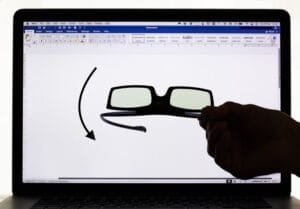
Rotate the glasses and look for an orientation where light from the screen is dimmed or blocked completely.

Using a filter
Set up the light source screen so that it is mainly white for example by displaying a blank window with a word processor on a laptop. Hold the filter in front of the screen or attach it to your camera
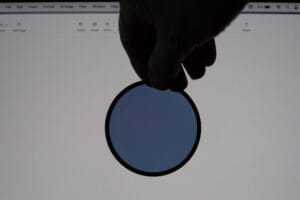
Rotate the filter and look for an orientation where light from the screen is dimmed with a blue tint.
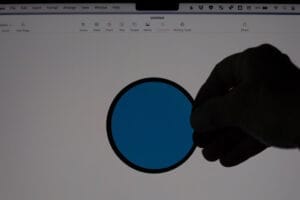
Adding some plastic
Without changing the orientation of the glasses or the filter place some transparent plastic in between the screen and the glasses/filter. You should see coloured patterns due to stress in the plastic from its manufacture.
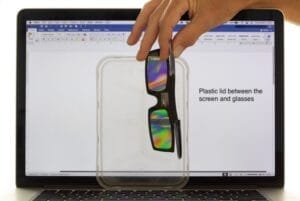
If you use the transparent plastic bag, cut it into a single layer and then stretch and pull it. Place it between the screen and the glasses/filter and stretch it some more. You should see the coloured patterns change as you pull on the plastic.
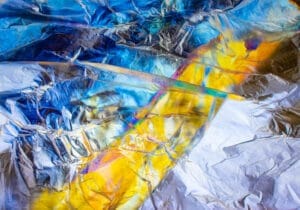
Wrapping up
I used to teach this effect as part of a physics course. It was one of those lessons that students couldn’t get enough of. Who says physics is boring! I hope you enjoy exploring photography with polarised light as much as I, and my students, did. If you’ve not done so already here are some more tips to try out.
As always, if you find any errors in this post, I would be very grateful if you would reach out to me. You can drop a comment below, use the contact form, or email me at lens_wanderings@icloud.com.
Best wishes
Derek
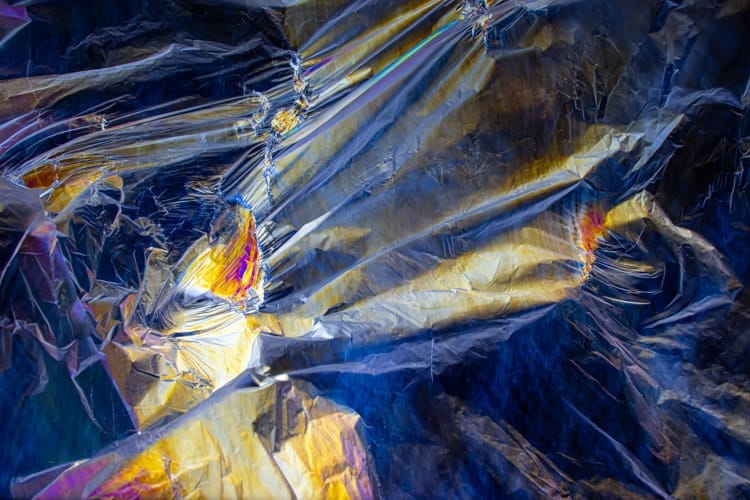
Leave a Reply